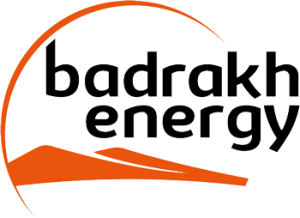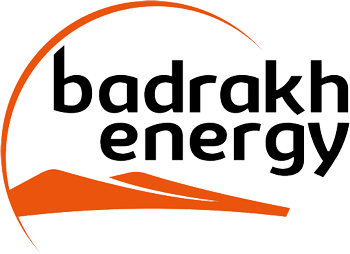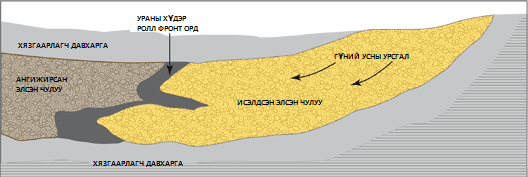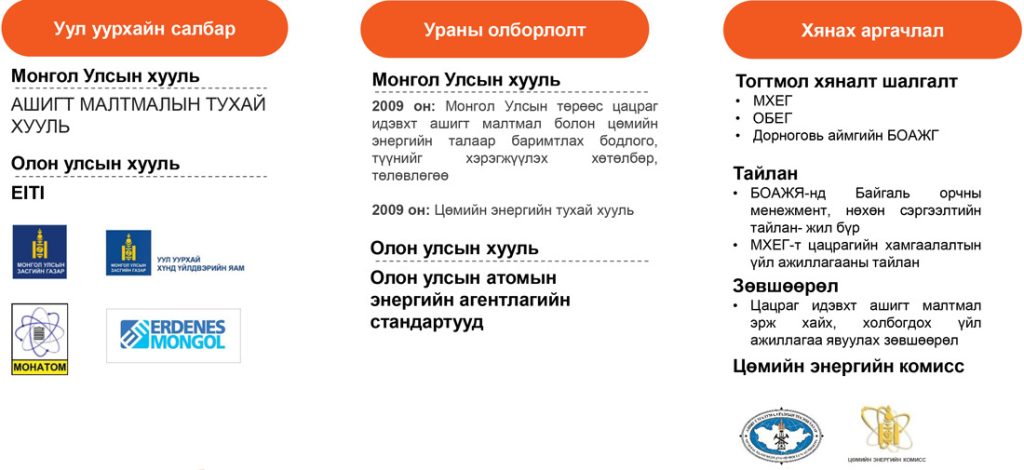uranium
NATURAL URANIUM
Uranium is a common natural metal found all over the earth, in soil, rock and water. Its natural radioactivity is the principal source of heat that prevents the Earth’s mantle from cooling.
Owing to this property, uranium has become the main material used by the nuclear industry for the production of electricity.
Traces of uranium occur almost everywhere, in seawater and oceans. Uranium mines are operated in locations where it is found in large quantities.
URANIUM ORE CONCENTRATE
Uranium ore concentrate, commonly referring to as U3O8 or yellow cake, is obtained after the natural uranium ore has been extracted and processed chemically at the processing plant.
At the beginning, there are 200 grams of uranium per ton and after the process of lixiviation, drying, calcination, we obtain a standard uranium concentrate containing more than 700 kg of uranium per ton.
URANIUM FUEL CYCLE
URANIUM FORMATION IN EASTERN GOBI, MONGOLIA
Nature has worked for millions of years to form the uranium deposits in the Dornogobi province.
Over time, the rainwater has seeped into the sedimentary layers of the Earth and dissolved the natural uranium contained in the rock. These sedimentary layers are made up of alternating layers of impermeable clay and more permeable sandstone.
Water carrying the dissolved uranium circulates through the sandstone layers. When the water encounters a natural environment with a specific chemical composition, the uranium precipitates.
A uranium mineralized body starts to form and may continue to enrich over time. In this way, large quantities of uranium naturally accumulate at particular trap locations, and it can become economically feasible to mine these concentrations of the mineral. The geologists at COGEGOBI look for such areas where uranium has been deposited and assess them to determine whether the uranium can become an economic resource.
RADIATION USAGE

- Healthcare: X-rays are one of the most common uses of radiation. Radiation therapy uses the energy from ionizing radiation to destroy cancer cells;
- Medicine: Targeted Alpha Therapy (TAT) is a technology from Orano-Med, a subsidiary of Orano Group, that combines lead-212 with various biological molecules (peptides, antibodies) in order to target cancer cells. TAT can therefore selectively recognize and destroy cancer cells, while limiting the impact on surrounding healthy cells.
- Food and agriculture: killing bacteria and viruses and sterilizing food packaging;
- Geology and mining: determining the age of geological formations;
- Education and sciences: determining the age of historical or prehistoric artifacts;
- Environment: water and air pollution studies;
- Industry: quality control of materials, detecting the presence of various gases in the atmosphere (e.g. fire detectors).
THE URANIUM INDUSTRY
A REGULATED ACTIVITY
The policies pursued by the State of Mongolia support increased exploration of natural radioactive mineral resources. Their objective is to improve the quality of exploration, mining and processing activities and to develop high-tech technologies to produce valued-added products.
All deposits of radioactive mineral resources are classified as strategically important without regard to their size, according to the Nuclear Energy Law of Mongolia and the Mongolian State Policy on Radioactive Mineral Resources and Nuclear Energy.
The Nuclear Energy Commission of Mongolia has signed memorandums of understanding with France, Japan, India, the Czech Republic, USA, Russia, China, Canada and South Korea for cooperation in the radioactive mineral resources sector and the nuclear energy industry to develop Mongolian expertise in the field.
